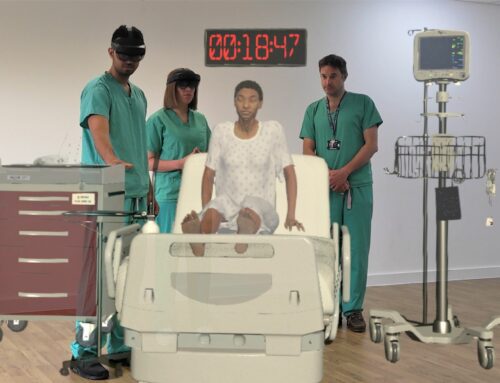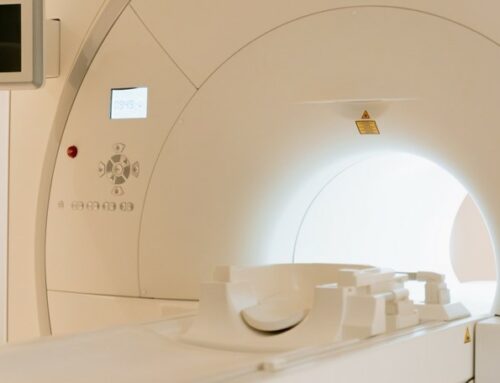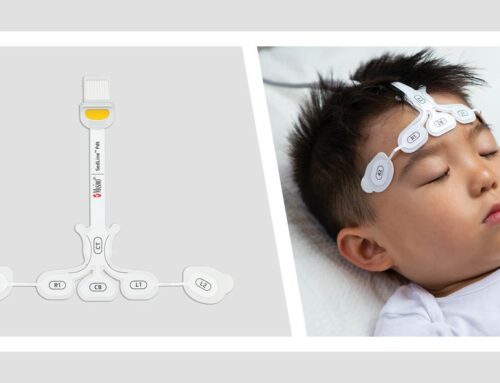Examining Patient Perspectives and Physician Adoption of Telemedicine Since the COVID-19 Pandemic
SEPTEMBER 2020
The healthcare industry has experienced an unprecedented rise in the use of telemedicine amidst the COVID-19 pandemic, creating a dramatic and fundamental shift in the way care is delivered. In an effort to slow the spread of the virus, mandated shelter-in-place orders and social distancing regulations across the country restricted in-person office visits to emergency care only. Telemedicine quickly rose as the safest and most efficient means to deliver non-emergency care outside the walls of a doctor’s office.
Physician and patient adoption of telemedicine continues to rise – and the benefits are clear: ease-of-use, more flexibility, and reduction in cost of delivery. In addition, advances in telemedicine technology could have the potential to address long-standing issues in health equity for underserved and minority communities, by increasing access to specialists for patients based in rural and underserved areas.
Doximity researchers estimate more than 20% of all medical visits will be conducted via telemedicine in 2020, which represents $29.3 billion of medical services. Similarly, our researchers predict that up to $106 billion of current U.S. healthcare spend could be virtualized by 2023.
While debate still looms on the specifics of insurance reimbursement for virtual visits, healthcare stakeholders and lawmakers have already taken steps to ensure telehealth services continue once the pandemic ends. In August, the Federal Communications Commission (FCC) unanimously approved $200 million in telehealth funding1 and within the same month, the Centers for Medicare & Medicaid Services (CMS) announced proposed changes to expand telehealth permanently 2, strongly suggesting that telemedicine has come into its own.
In order to better understand the evolving role of telemedicine, Doximity researchers examined three important aspects of its use as a clinical tool. First, we conducted a comprehensive inventory of patient’s changing attitudes towards, and their experience with, telemedicine as a replacement for in-person visits to the doctor’s office. This was done with a survey of over 2,000 U.S. adults that was fielded on July 20, 2020, shortly after the initial shelter-in place orders were instituted. We also updated a 2019 telemedicine study, with a year-over-year analysis of Doximity physician member profiles to determine whether there had been growth in doctors self-reporting telehealth as a skill. To understand how physicians are using virtual care tools, we analyzed adoption data from our own telemedicine feature set, which has grown in the first half of 2020 to over 100,000 regular physician users. Lastly, we reviewed recent studies that examined the disparities in medicine, specifically, patient access to telemedicine technology.
In summary, our study found high adoption of telemedicine among patients and physicians alike, with strong evidence indicating that this shift represents a true change in how medicine is delivered in the U.S. Moreover, we anticipate that demand for telehealth service options will continue to grow quickly, and care providers may even find themselves competing to provide the best telemedicine experience. Major hospital systems and private practices alike will need to implement safe, secure, and easy-to-use telehealth solutions to meet their patient expectations.
2020_TM_report_9_15_20_v4_8pm











